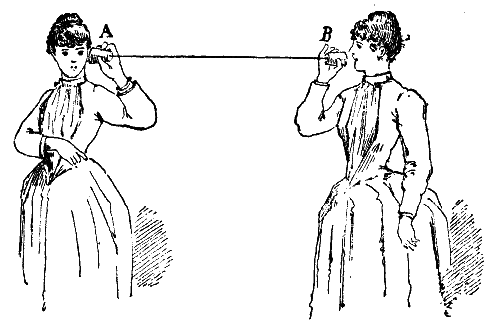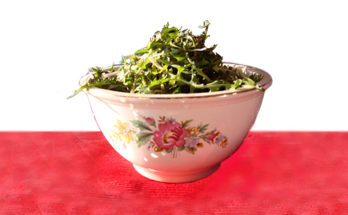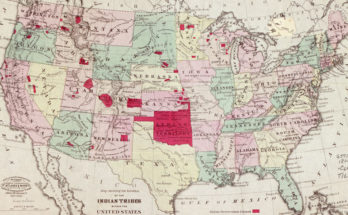
In the Calexico Chronicle, 8 March 1939 an editor wrote about the earliest known example of a canned food —
Roast Veal Preserved in Tin Can More Than 100 Years Is Palatable
LONDON. (U.R) — Roast veal more than 100 years old but still palatable and nourishing is on view in a glass tube in the museum of the Royal United Service institution in London.
It comes from a tin which formed part of the stores taken by Sir William Parry on his expedition to the Arctic in 1824, but brought back unused. Also on exhibit is the tin, carrying this instruction: “Cut round with chisel and hammer.”
This probably is the earliest known example of canned foods, and is one of the exhibits at the museum connected with polar exploration. In view of advice to English housewives to store a supply of canned food against an emergency, however, this item is attracting particular interest.
At the request of the International Tin Research and Development council, the museum authorities permitted the tin to be opened for chemical and bacteriological examination. No trace of preservatives was found in this meat, but it was in perfect condition. Ten rats, which were experimentally fed upon it for several days, grew fat on the diet.
Although the process of canning was invented by a Frenchman at the end of the eighteenth century, it was left to the English firm of Donkin and Hall to make practical use of it. This firm set up business in 1811, and two years later its products were being used by the navy and army.
It is said that the Duke of Wellington, then Lord Wellesley and yet to fight the battle of Waterloo, tried and approved the preserved beef, and in 1814 Sir Joseph Banks, the botanist and explorer who accompanied Capt. James Cook on his voyage and was largely responsible for the first settlement of Australia, wrote in praise of the nutritious qualities of what he termed “your embalmed provisions.”
The firm of Donkin and Hall provided the 1824 polar expedition with canned meat, soup and vegetables, which did much to prevent scurvy.
Of the occasion, another editor wrote, “a can of roast veal and gravy dating from…1824 was opened and examined in 1939. The contents were found to be still wholesome and laboratory tests showed that the meat had been of good quality and that it had retained its nourishing qualities to a high degree for over a century!“


